How Fast Does an ATV Go?

While you’re probably never going to break the sound barrier in your ATV, knowing how fast your quad can really go is still something every rider should care about. When you know your ATV’s speed, you know what you’re working with to make the most of your ride.
We’ve had our fair share of ATV rides here at StarknightMT, and if there’s one thing we can say for certain, it’s that not all ATVs are built equal.
With that said, we’re still going to try to break down everything you need to know about how fast an ATV can really go, covering everything from engine sizes and what affects top speed to tips for getting more out of your ride.
Average ATV Speeds by Engine Size
Let’s start with the basics—engine size. The bigger the engine, the more horsepower you have.
More horsepower = faster ride, right? Well, sort of.
While engine size is a big factor, there are other variables at play. For now, let's keep it simple and break down how engine size typically impacts the speed of your ATV.
110cc – 30 MPH
The 110cc ATV is usually the choice for younger riders or those just starting out.
With a max speed of about 30 MPH, these quads are ideal for kids or beginners, as they’ve got enough get-up-and-go to keep things interesting. However, they’re designed with safety in mind.
450cc – 55 MPH
A 450cc engine is perfect for riders who want a solid, versatile quad. These engines top out at around 55 MPH, which is pretty fast for a recreational quad. You might not hit that max speed often (unless you're on a nice, long stretch of flat land), but it’s enough to get your heart racing on the trail.
570cc – 65 MPH
If you’re looking for a bit more oomph, the 570cc ATV is where things get interesting. Quads with these engines can reach up to 65 MPH, which is no slouch by any means. It’s great for anyone who wants a mix of performance and control.
650cc – 850cc – 75 MPH
Built for speed, these engines often max out around 75 MPH. We like to think of this as the start of the high-performance range.
While you’ll often find yourself cruising comfortably between 40–50 MPH, you can definitely get the occasional burst of 75 MPH on straightaways.
1000cc – 80 MPH
Now we're in the big leagues. If you’re in the market for speed, get a 1000cc ATV. You’ll be able to max out around 80 MPH, all while tackling sand dunes, open fields, or long stretches of dirt road.
Factors Affecting ATV Speed
As we said earlier, speed doesn’t just come down to how big your engine is. In fact, there are several factors that contribute.
Weight
First off, weight plays a huge role.
This includes body weight, any gear you’re carrying, and extra aftermarket parts. If you’re hauling a cooler full of drinks or your buddy’s gear on the back, don’t be surprised if your top speed dips.
Tire Size
Bigger tires are often great for extra traction, especially on rough terrain. However, bigger tires can also negatively impact speed.
Larger tires increase rotational mass, which can reduce your acceleration and, in some cases, limit your top speed.
Aftermarket Modifications
Many riders add aftermarket parts like heavy-duty bumpers or lift kits. While these can improve durability and off-road performance, they usually add extra weight. And as we’ve already mentioned, more weight means slower speed.
Speed Limiters
Most modern ATVs come with speed limiters, which can be a blessing and a curse.
For younger riders, it’s a great feature to keep ATVs from going too fast for comfort. However, if you’re chasing top speed, these limiters can be a real buzzkill.
Factors That Affect Top Speed
The question you might have now is, “How can I squeeze every bit of speed out of my ATV?
Let’s take a look.
Engine Tuning
Regardless of how big your engine is, with the right tuning, it can reach its full potential.
Modern ATVs have ECUs that control everything from fuel management to throttle response. Tuning your ECU can ultimately give you more speed.
Transmission and Gearing
While automatic transmissions are great for beginners, as they make riding easier, they can sometimes limit the top speed if they’re not geared correctly.
Manual transmissions, on the other hand, let you fine-tune your gearing to maximize speed and performance. You can also adjust your gear ratios for more torque or higher speed, depending on what you want from your ATV.
Environmental Conditions
Weather, altitude, and terrain can all impact your speed.
High altitudes, for instance, reduce engine performance, while rain, mud, or snow will also slow you down. Obviously, these are things you can’t control, but they’re worth knowing.
Speed vs. Safety Considerations

We get it. Speed is exhilarating. However, it’s just as important to be aware of the balance between pushing your ATV to the limit and staying safe.
Speed Limiters for Safety
As we said before, many ATVs come with speed limiters. They help keep riders from getting in over their heads by limiting how fast they can go.
While they can feel like a bit of a nuisance for seasoned riders, it’s important to remember that they’re there for a reason.
Protective Gear
Before you start cranking up your throttle on the trail, make sure you’re wearing the proper gear.
While helmets, gloves, and boots might seem like basic ATV accessories, they can save your life in certain situations. We’ve seen way too many riders take it too fast on uneven terrain and end up with nasty injuries because they weren’t properly protected.
Riding Responsibly
There’s nothing quite like the thrill of flying down an empty trail. However, you don’t want to let it cloud your judgment.
Familiarize yourself with any trails before taking risks and understand your ATV’s limits.
Going too fast in tough or unfamiliar terrain can be extremely dangerous. Always ride within your limits, and remember, ATVing is meant to be fun, not reckless.
How to Increase ATV Speed
If you want to increase your ATV’s speed, there are several ways to do it:
Reduce Your Weight
One of the quickest ways to increase speed is to lose weight.
And now, I’m not talking about going on a diet. I’m talking about your quad.
Get rid of unnecessary gear, remove some of that extra cargo, and opt for lighter aftermarket parts when possible.
Upgrade Your Gearing
A high-gear kit will reduce your torque and increase your top speed.
If you're looking for more top-end speed, a high-gear kit is a solid investment. Just make sure to balance it with your weight and tire setup.
Engine Modifications
Lastly, let’s talk engine mods.
For the most speed, we recommend tuning the ECU, upgrading the exhaust system, and optimizing your intake to give your engine a nice performance boost.
These mods are great for optimizing horsepower.
FAQs
Q1: What is the fastest ATV?
A1: The fastest ATVs on the market include the Yamaha Raptor 700R and the Can-Am Renegade 1000R, both of which can hit top speeds of 75–85 MPH.
Q2: Can I make my ATV go faster?
A2: Yes! With a proper engine tuning, an upgraded transmission, and less weight, you should be able to get more from your ATV.
Q3: How fast do youth ATVs go?
A3: Youth ATVs, like the 110cc model, typically top out at 30 MPH, which is perfect for beginners.
Q4: What’s the best engine size for an ATV?
A4:There is no “best engine size,” as it all depends on your experience level and intended use.
While a 450cc is a great all-around choice for most riders, a 1000cc is the ticket for any rider who wants to get the most speed out of their ride.

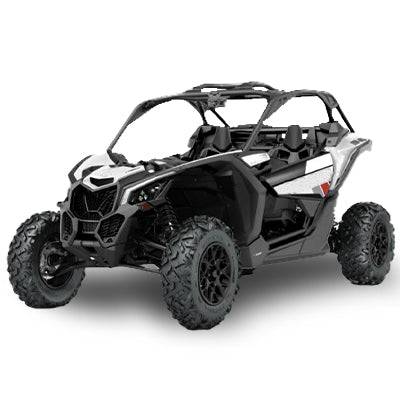
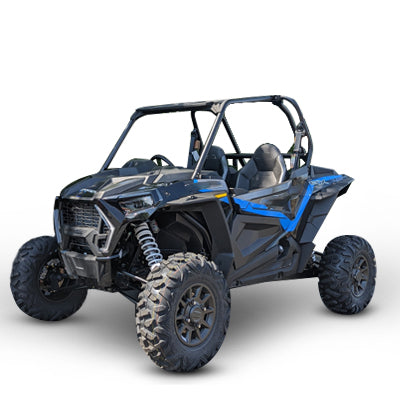
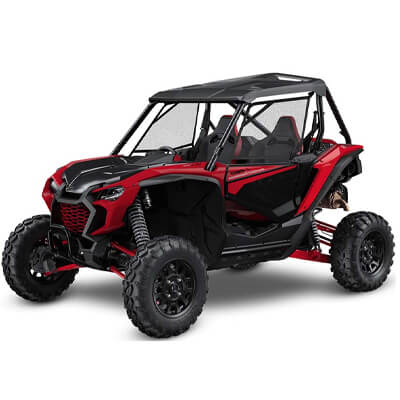
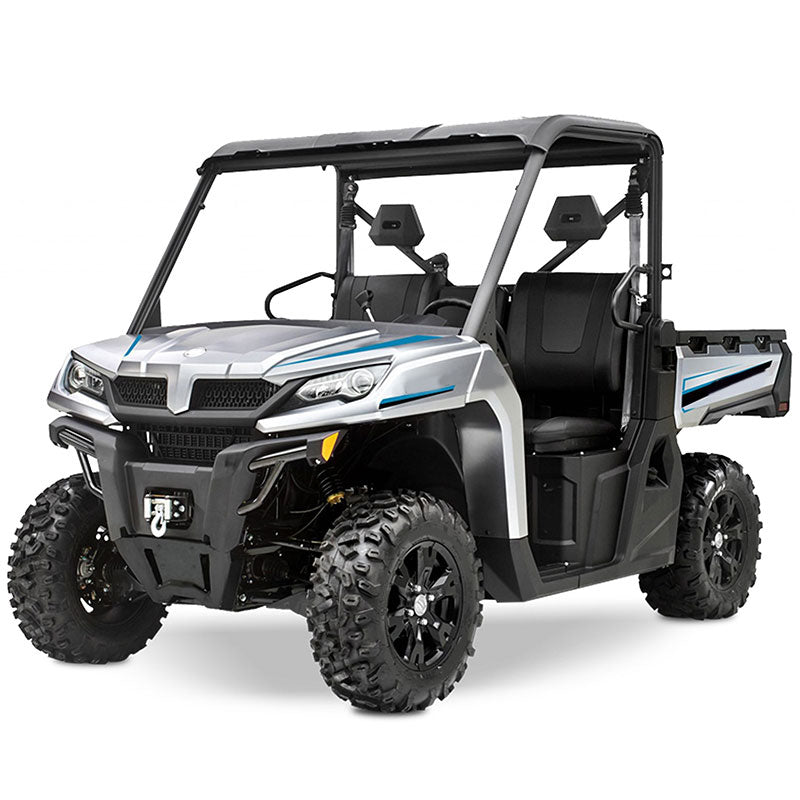
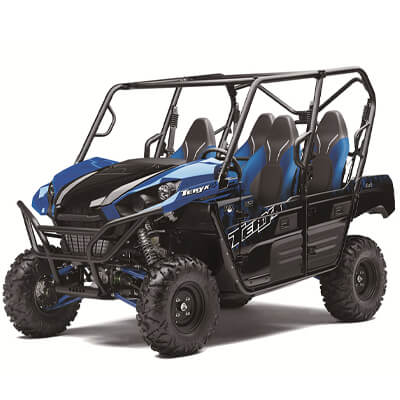
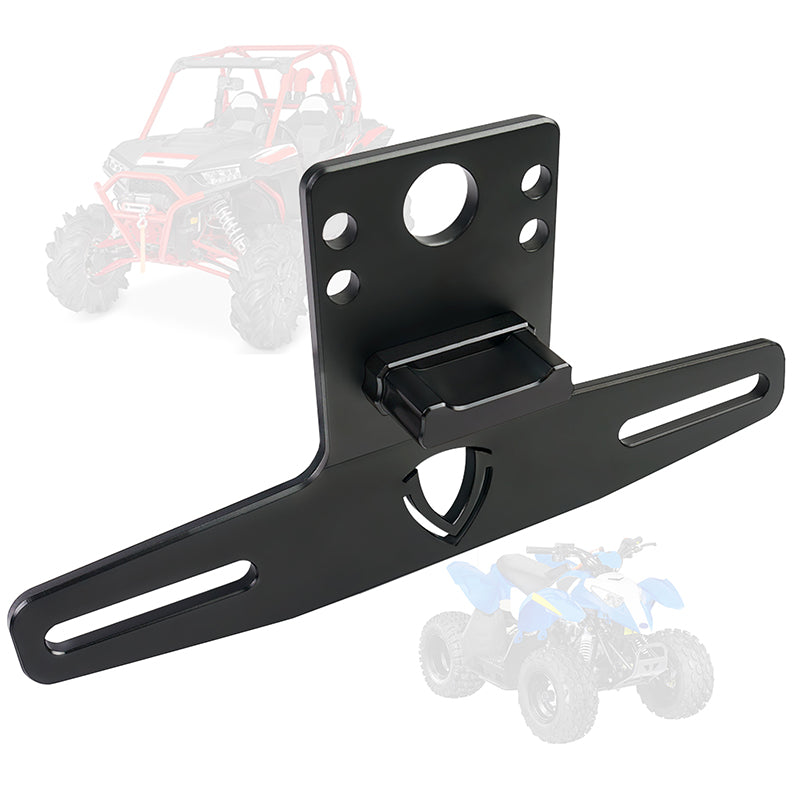
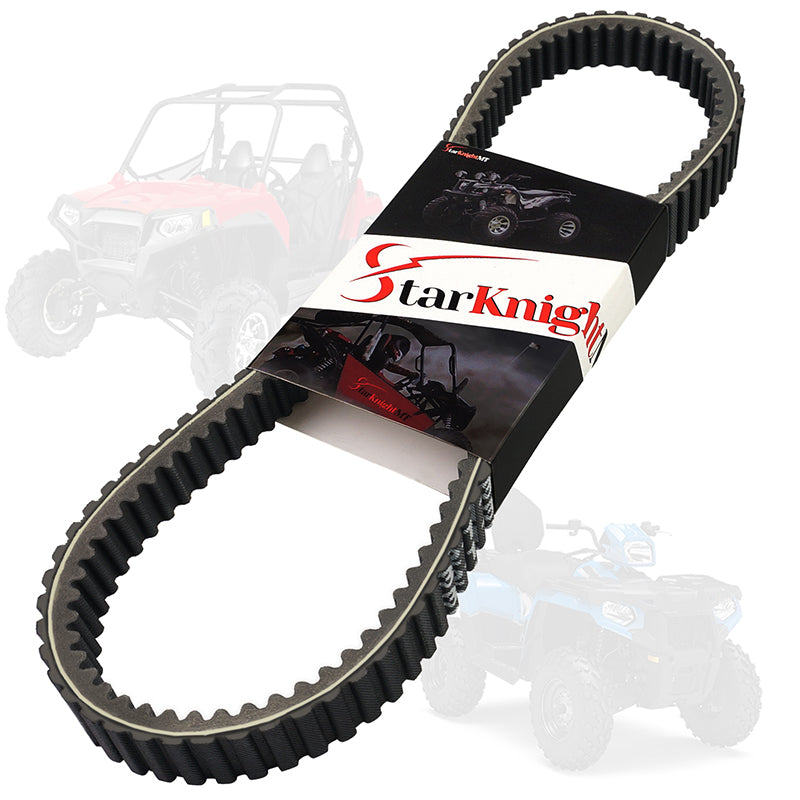



Leave a comment